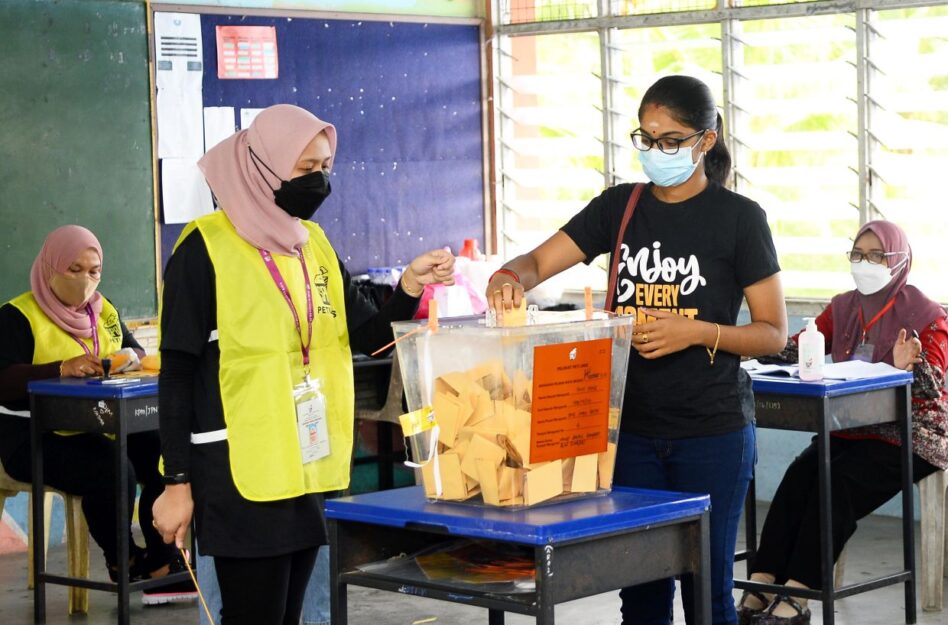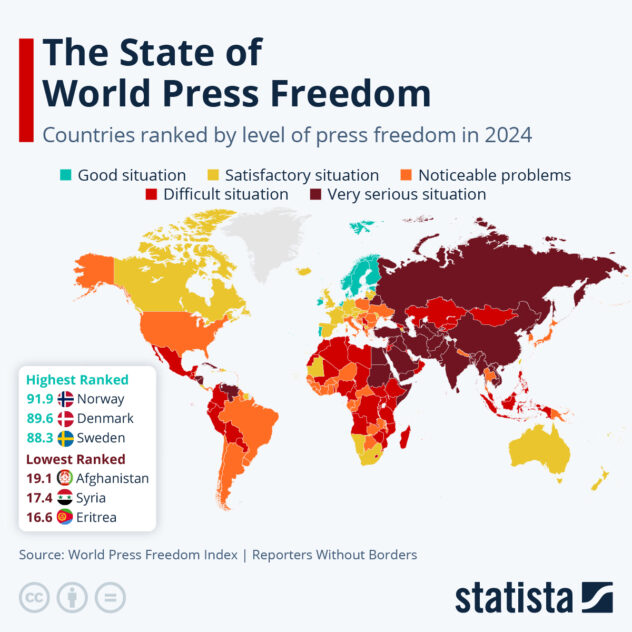By S Laxmi
On July 2, the Federal Government decided to impose the enhanced movement control order (EMCO) on Selangor, which was revoked yesterday
According to Deputy Prime Minister Datuk Seri Ismail Sabri Yaakob, the decision was made after a discussion with the Health Ministry (MOH) as well as various agencies following the high number of COVID-19 cases reported in the Klang Valley, over the past few weeks.
Based on Malaysian Investment Development Authority’s (MIDA) data, Selangor is the biggest contributor to our gross domestic product (GDP) compared to other states.
However, we also know that the highest COVID-19 cases tend come from manufacturing and construction industries, which is heavily concentrated in Selangor too.
Even though the Government is trying its best to get everyone vaccinated, low immunisation rates is having an effect on domestic activities.
As for businesses, it has been a while since we saw our Purchasing Managers Indices (PMI) fall below 40.0, but this may happen when the Government is forced to use lockdowns and movement restrictions to combat the virus flareups.
It is no news the pandemic has affected business in every sector in many ways. In addition to the lockdown, the pandemic’s effects on our ongoing construction projects have start to manifest.
For starters, materials transportation and availability are affected. Non-availability of foreign workers and existing workers contracting COVID-19 is resulting in tremendous losses to the sector.
As such, production rates are slowing down, with businesses being disrupted and site being closed.
Due to lower revenue turnover and uncertainty in the global financial landscape, most firms have found it difficult to keep their financial wheels rolling during the lockdown period.
There are three phases to lockdown; pre-lockdown, during lockdown and post-lockdown, where businesses could do certain things to mitigate its impact.
Pre-Lockdown
During this phase, companies are advised to do certain things to contain the impact of a lockdown. At first, manufacturers may adapt operations and processes to reduce the spread of COVID-19 infection and its impact on workers. Among others, this includes ensuring their employees comply with COVID-19 standard operating procedures (SOP) and if possible, allocate a budget to get their workers vaccinated.
Lockdown
During this phase, firms may try to keep production output at a level that is sufficient yet sustainable for the workforce’s survival.
Most businesses are required to completely shut down their operations. Shutting down operation does not mean everything is stopped as these businesses may consider how to best manage their manufacturing staff in doing planning and forecast.
Some employees could be reassigned to maintenance duties. Nevertheless, there are various Government assistance, such as the Wage Subsidy Programme, during this period to relieve cash pressure for businesses.
Post Lockdown
During this phase, manufacturers may resume output to pre-lockdown levels, or greater, when the crisis has passed to meet pent-up demand. To avoid a second lockdown, a strong, consistent and dynamic plan is necessary during this period.
In a manufacturing industry, there are five important elements that companies need to consider to ensure businesses remain resilient. The values are people, material, leadership, assets, compliance and communication.
People
Companies need to take immediate action to keep its employees safe. This can be done by strict adherence to SOP while addressing labour demands. Once the lockdown is lifted, companies must ramp up resources to support output volume rebound, on top of adhering to rigorous SOPs to avoid manufacturing COVID-19 clusters.
Material (Raw- Material)
During the post-lockdown period, companies should review inventory levels and manage the risk of supply disruption. During the lockdown period, manufacturers may collaborate with suppliers and customers to manage inventory levels. Post lockdown, firms may need to adjust their input purchases to meet recovery production plans.
Leadership
One of the most significant developments following COVID-19 was that many employees felt more comfortable making risky judgments. Prior to the crisis, individuals believed it was necessary to obtain permission before acting.
Leaders’ capacity was stretched during COVID-19, leaving many only enough time to communicate desired results and timelines, but not address how to achieve these outcomes.
As a result, people felt more empowered to act because they had to find out the “how.” Employees on the front lines, for example, were given more freedom to figure out how to maintain client satisfaction despite having less direct contact with them.

Assets
Companies must create processes and plans to work at reduced capacity when dealing with assets prior to a lockdown. During a lockdown, firms that are authorised to operate with a 60% workforce must optimise output to meet the new needs. Companies may build up capacity after the shutdown to fulfil overdue demand.
Compliance
Companies must access regulatory requirements and possible hazards during the pre-lockdown period. The company’s safety officer can accomplish this with the use of a risk matrix. Firms should also be able to solve regulatory gaps and compliance during the lockdown period.
They should be able to finish postponed activities after a lockdown, to ensure uninterrupted operations after the crisis by complying to regulations and SOP.
Communication
During this pandemic, communication plays a key role. Companies should have an open and direct contact with all employees and stakeholders prior to the lockdown.
During the lockdown phase, keep all personnel and stakeholders informed of the situation’s progress. Post lockdown, management should communicate the recovery strategy and daily status to all workers and stakeholders. This can be done using open communication among production teams, planners, project teams, marketing, sales and purchasing to plan the way forward during and post lockdown.
And it is also important for companies to avoid reverting to the traditional command-and-control management style. Instead of directing their teams how to achieve the intended outcome, leadership will have to focus on clearly conveying desired outcomes and intent, empowering them to make decisions. It also fosters a more secure, collaborative, and ownership-oriented atmosphere. They must also take the opportunity to identify and encourage “leaders” who stepped up during the challenging times.
The main idea this article is to emphasise on the importance of adaptability and the willingness to change in this volatile environment.
Many are taking initiatives to adapt to this pandemic and some methods may turn to be a “new norm” as it is found to be efficient and effective. Some examples include where stock trading continued as usual, even though their physical trading floors are closed.
The UK has created a virtual Parliament. Contact centres all around the world are moving to remote working, with some relying on artificial intelligence to keep up with desired customer service levels.
However, with companies forging ahead with Governments changing policies to better manage COVID-19, the latter must maintain open communication and transparency with all stakeholders, businesses and public alike, to alleviate complications and apathy. – July 17, 2021.
S Laxmi is an observer of the Malaysian construction industry.
The views expressed are solely of the author and do not necessarily reflect those of Focus Malaysia.










